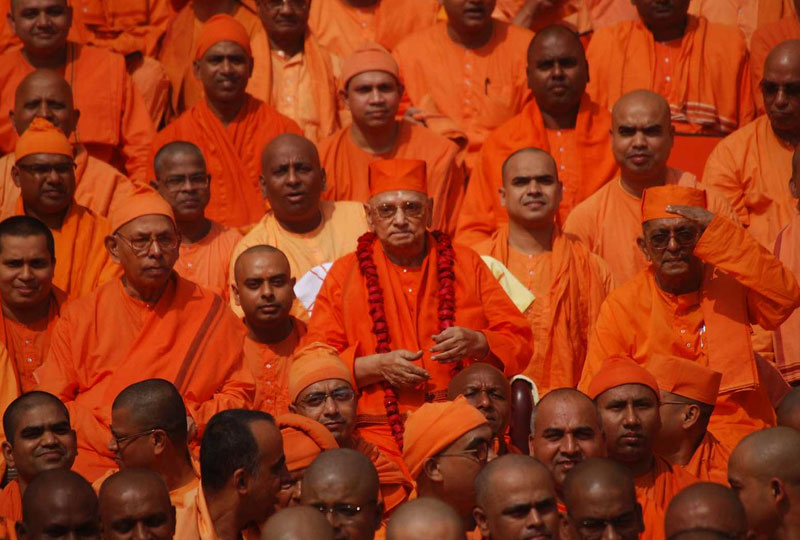Historic and Cultural Significance
Swami Vivekananda was the chief and most notable disciple of Ramkrishna Paramhans. He established the Ramakrishna Math and Mission in 1898, which is headquartered in Belur Math on the West bank of the Hooghly River. The institution celebrates the universality of religion, aiming to foster the spiritual growth of individuals from all walks of life. In keeping with the principle that persons of all religious beliefs and even those without any religious inclination could visit, the architectural style of the temple itself is a mix of Hindu, Christian and Islamic designs. The grounds were sanctified in 1898 when Swami Vivekananda carried the urn containing Sri Ramkrishna’s sacred remnants to the hallowed place and worshipped it.
Architectural Marvel
The main temple complex at Belur Math is a marvel of craftsmanship, blending intricate carvings, delicate filigree work, and meticulous detailing. It is an amalgamation of various styles, showcasing influences of Hindu, Christian, and Islamic design elements, representing the harmony of different faiths. The temple was designed by Swami Vijnananda a fellow monk (who had been a civil engineer by profession before following the monastic life), on the lines of Swami Vivekananda’s ideas. Construction was completed in 1938. Dedicated to Sri Ramakrishna Paramahamsa, the temple boasts a stunning blend of traditional temple architecture with contemporary elements. The temple’s central sanctum houses the sacred relics of Sri Ramakrishna. Visitors are spellbound by the temple’s ornate entrance, massive pillars, and serene ambience that invites contemplation.
Apart from the main Ramkrishna Temple, which is designed to architecturally reflect the styles of all walks of religion, there are also temples dedicated to Swami Vivekananda and Sarada Devi. The main temple has a reverential marble statue of Shri Ramakrishna seated on a lotus with hundred petals. The serenity and humility emanating from these sanctums indeed cause one to pause and reflect on one’s own life.
Belur Math Museum
The Belur Math Museum offers an engaging insight into the lives and teachings of Sri Ramakrishna Paramahamsa, Sarada Devi, and Swami Vivekananda. The museum displays an array of artifacts, personal belongings, letters, and photographs that offer a glimpse into the lives of these spiritual luminaries. Travelers can explore the museum to gain a deeper understanding of the philosophy and values that underpin the Ramakrishna Math and Mission.
Meditation Gardens and Prayer Halls
Belur Math’s sprawling campus includes beautifully landscaped meditation gardens and serene prayer halls. These tranquil spaces provide visitors with the opportunity to meditate, contemplate, and connect with their inner selves amidst the soothing embrace of nature. The prayer halls reverberate with devotional hymns and discourses, providing a unique spiritual experience that resonates with people of all faiths.
Spiritual Retreats and Cultural Programs
For those seeking a more immersive experience, Belur Math offers spiritual retreats and cultural programs that delve into the teachings of Sri Ramakrishna and Swami Vivekananda. These programs provide participants with a deeper understanding of spirituality, meditation techniques, and ethical values, fostering personal growth and self-awareness.
Practical Information for Visitors
Belur Math is part of our different Calcutta tour itineraries, we also organise bespoke tours of Belur Math.
Visitors are required to dress modestly, covering shoulders and knees, as a mark of respect for the spiritual ambience.
Photography is permitted in certain areas, but it’s advisable to inquire before clicking pictures.
The main temple complex remains closed to visitors during specific prayer times.
